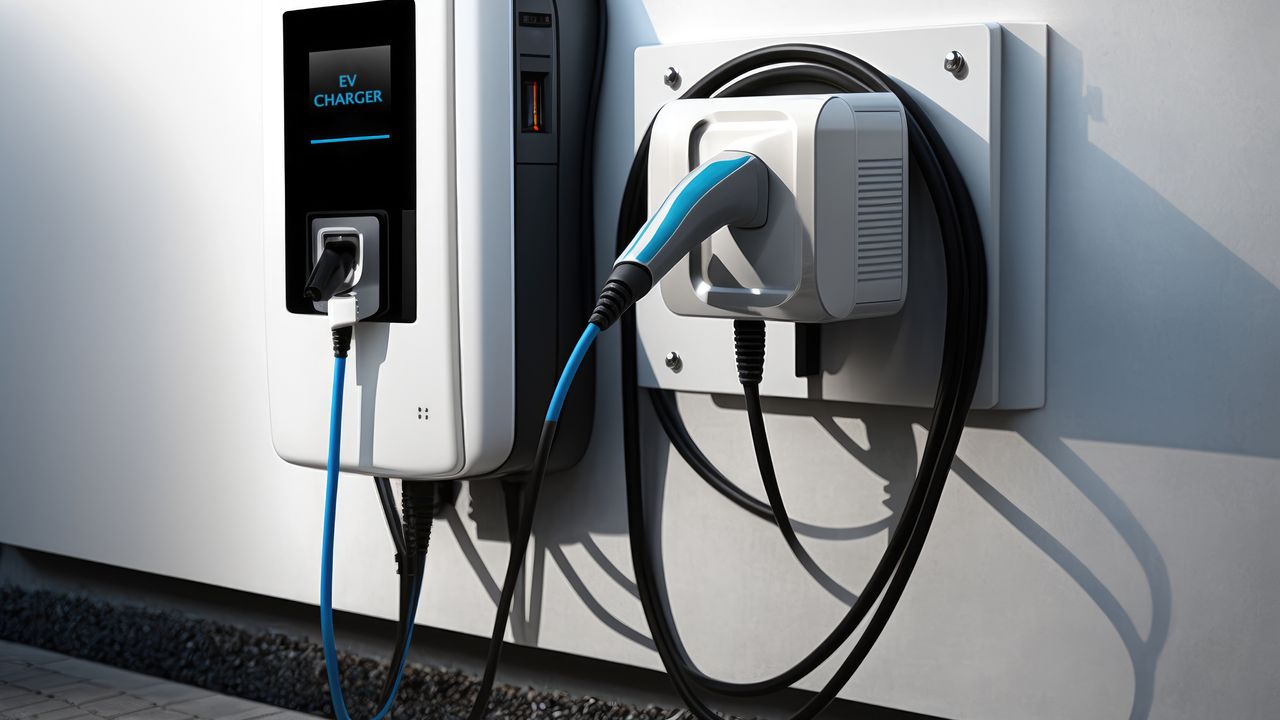EV Charging Platform Analytics: Unlocking the Power of Data-Driven Insights
As the world moves towards a more sustainable future, electric vehicles (EVs) have gained significant popularity. With the increasing number of EVs on the road, the demand for efficient and reliable charging infrastructure has become crucial. This is where EV charging platform analytics come into play. By harnessing the power of data-driven insights, charging platform optimization becomes possible, leading to informed decision-making and improved user experience.
Charging Platform Optimization: The Key to Efficiency
Efficiency is paramount when it comes to EV charging platforms. Users expect a seamless experience that allows them to charge their vehicles quickly and conveniently. Charging platform optimization involves analyzing data to identify bottlenecks, inefficiencies, and areas for improvement. By understanding the charging patterns, usage trends, and user behavior, charging platform operators can make data-driven decisions to enhance the overall charging experience.
One of the primary benefits of charging platform optimization is the ability to manage and allocate resources effectively. By analyzing charging data, operators can identify peak usage times and allocate resources accordingly. This ensures that charging stations are adequately equipped to handle the demand, reducing waiting times and maximizing the utilization of infrastructure.
Data-Driven Insights: Unveiling the Hidden Potential
The real power of EV charging platform analytics lies in the ability to extract valuable insights from the data collected. By analyzing charging data, operators can gain a deeper understanding of user preferences, charging patterns, and overall platform usage. These insights can then be used to tailor the charging experience to meet the specific needs of users.
For instance, by analyzing charging data, operators may discover that certain locations experience higher demand during specific times of the day. Armed with this information, they can optimize the charging infrastructure by adding more charging stations or adjusting pricing to incentivize off-peak usage. This not only improves the user experience but also maximizes the revenue potential of the charging platform.
Empowering Decision-Making with Data
Data-driven decision-making is the cornerstone of a successful EV charging platform. By leveraging analytics, operators can make informed decisions that drive operational efficiency and improve user satisfaction. For example, charging platform data can be used to identify underperforming charging stations and allocate resources to address the issue. It can also help identify areas with high potential for growth, enabling operators to strategically expand their charging infrastructure.
Furthermore, charging platform data can be utilized to enhance the overall user experience. By analyzing user feedback, charging patterns, and station availability, operators can identify pain points and implement improvements. This could include features such as real-time charging station availability updates, personalized charging recommendations, or even integration with navigation systems to help users find the nearest available charging station.
Conclusion
EV charging platform analytics provide a wealth of opportunities for optimization, insights, and decision-making. By harnessing the power of data, operators can create efficient and user-centric charging experiences. From optimizing resource allocation to tailoring services based on user preferences, the possibilities are endless. As the world continues to embrace electric vehicles, charging platform operators must embrace data-driven analytics to unlock the full potential of their infrastructure.
